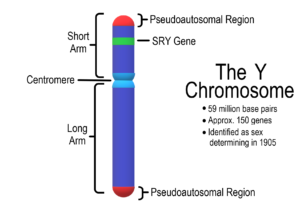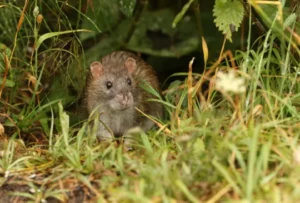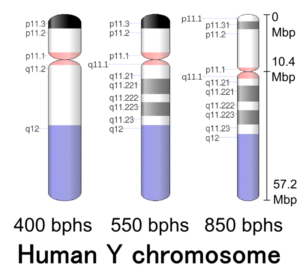There might be new human species as a result of the Y chromosome going extinct.
That is actual scientific theory, not the storyline of a dystopian science fiction movie (though it is a fantastic one).

Everyone was taught in school that sex is determined by the X and Y genes. Men have XY chromosomes, while women have XX chromosomes. Easy.
You may not have been taught, however, that the Y chromosome has approximately 55 genes, while the X chromosome has about 900 genes.
That shouldn’t be an issue because it plays a crucial role in “turning on” male development in the womb. Up until about 12 weeks, all embryos are considered female until a Y chromosome gene activates, causing male development to begin (this is why men get nipples).
The issue, though, appears to be that the Y chromosome wasn’t always so little.
It’s getting smaller, and some scientists are concerned that it might completely vanish.
Professor Jenny Graves, one of them, gave an explanation of why using the platypus as a metaphor.
‘In platypus, the XY pair is just an ordinary chromosome, with two equal members,’ she said, writing for The Conversation. ‘This suggests the mammal X and Y were an ordinary pair of chromosomes not that long ago.
‘In turn, this must mean the Y chromosome has lost 900 to 55 active genes over the 166 million years that humans and platypus have been evolving separately. That’s a loss of about five genes per million years. At this rate, the last 55 genes will be gone in 11 million years.’
Okay, so that may not sound like an imminent existential crisis, but others argue the Y chromosome’s lifespan could be between a few thousand years and infinity.
If closer to the former, we could end up in a pickle.

Humans are not the only species to have faced a Y chromosome crisis, however. Not one, but two branches of the rodent family have lost theirs, and are still around today.
Two species of mole vole in eastern Europe are the first, and while scientists know they have very special genes, they don’t know what determines the sex of each furry critter.
Thankfully, they have had better luck with three species of spiny rat found on several Japanese islands.
While most of the genes on the rats’ Y chromosome have been relocated elsewhere, it took some time to track down what replaced the SRY – the sex region on the Y.
But after sequencing the genome of the rats, they found a tiny difference on chromosome 3 (most get letters, not numbers) that was present in all males, and no females. Mystery solved.
So what does this mean for humans?

We know ‘virgin births’, or parthenogenesis, is never going to happen. Humans need both a female egg and male sperm to reproduce – one simply doesn’t work without the other.
That means finding species that have evolved to function without the Y chromosome is excellent news.
‘Phew!’ said Professor Graves. ‘The finding supports an alternative possibility – that humans can evolve a new sex determining gene.’
But it may still not be that simple.
‘Evolution of a new sex determining gene comes with risks,’ she said. ‘What if more than one new system evolves in different parts of the world?
‘A “war” of the sex genes could lead to the separation of new species, which is exactly what has happened with mole voles and spiny rats.
‘So, if someone visited Earth in 11 million years, they might find no humans – or several different human species, kept apart by their different sex determination systems.’
Whether this could happen in an era of globalisation and international travel remains to be seen – few human populations are truly isolated.
Then again, who knows what the world will look like in even a few thousands years, never mind millions.
But either way, it’s good to imagine that AI won’t have wiped us out by then at least. FOR MORE DETAILS CLICK….




